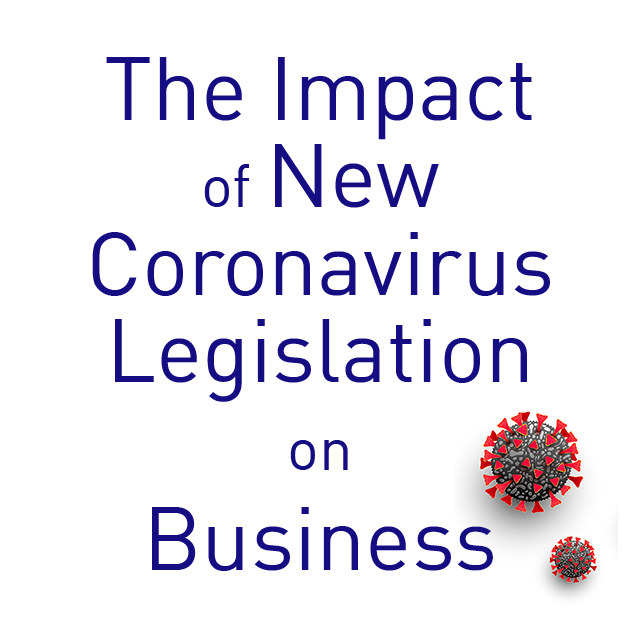Webinar: The Impact of New Coronavirus Legislation on Business
- When: Apr 2, 2020

On April 2, 2020, Chris Chediak and Jim Clarke of Weintraub Tobin joined with Jose Blanco and Brian Hoblit of CVF Capital Partners and Ben Brown of BFBA LLP to present a webinar on the implications of new laws, regulations, and initiatives in response to the COVID-19 pandemic, including the Coronavirus Aid, Relief, and Economic Security (CARES) Act.
Presenters covered economic forecasts, low-interest and potentially forgivable loans, tax benefits to privately-held companies, guidance for employers, and updates for real estate owners and landlords.
Details of various programs were still evolving the day of the presentation, and in fact, continue to do so. Panelists and other professionals from the three presenting companies continue to monitor changes and update clients as new information becomes available.
You may find updated information here:
Weintraub Tobin COVID-19 Resources
CVF Capital Partners Blog
BFBA LLP COVID-19 Updates
Webinar Resources:
- Webinar PowerPoint (PDF)
- PPP Application (PDF)
- Loan Calculator (Excel)
- Webinar Recording (YouTube) Please note that information on these issues is constantly changing and being updated, and some of the information presented in this webinar has already changed. Please check with your professional advisors to make sure that you have the most recent information.

